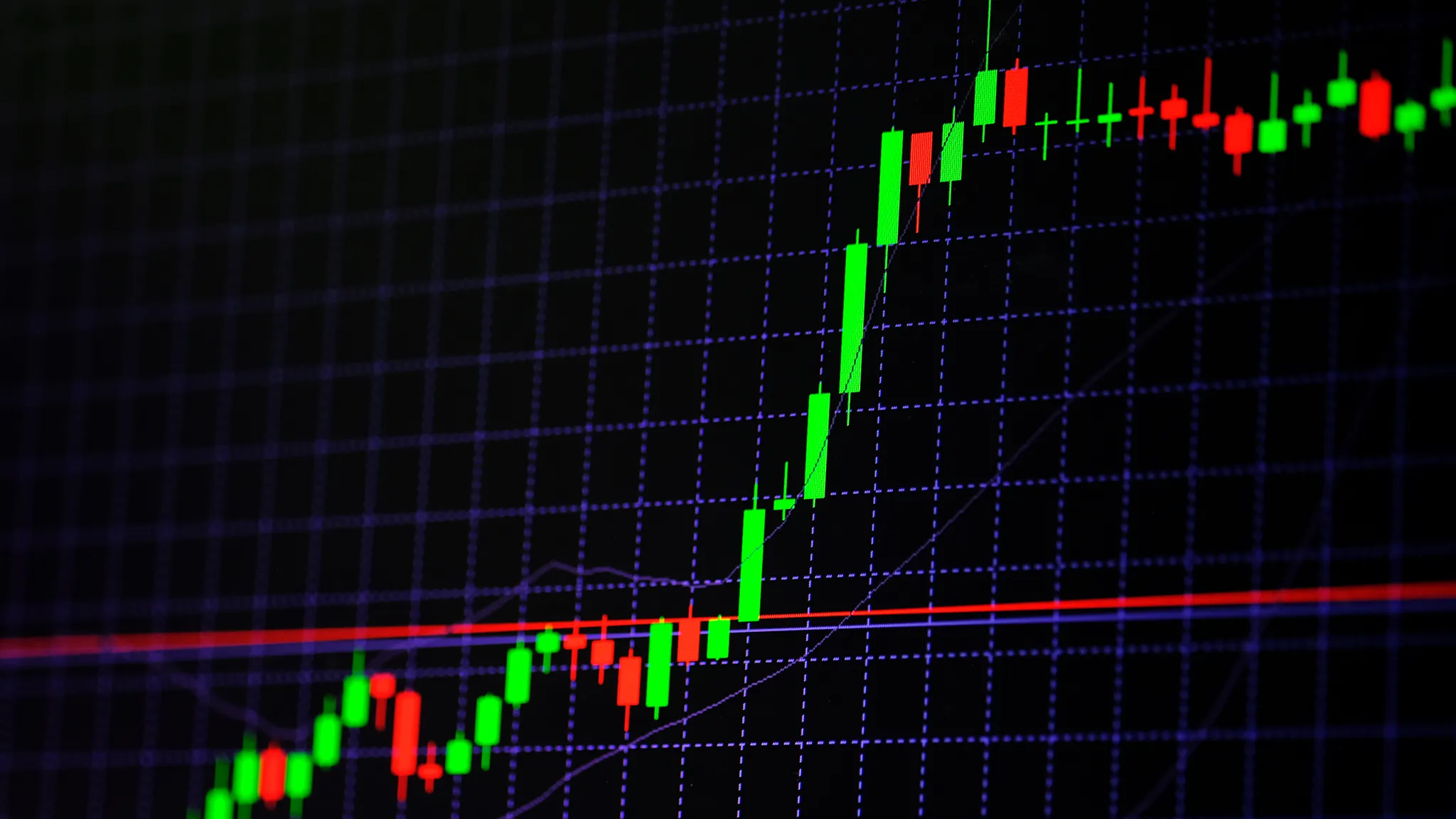After a gruelling ten-day downturn, India’s equity indices staged a relief rally today. Whether this is merely a dead cat bounce remains to be seen, but the market’s positive reaction is peculiar, especially given US President Donald Trump’s renewed criticism of India’s tariffs and threats of reciprocal measures. “India charges us auto tariffs 100%…the system is not fair to US, it never was…on April 2, reciprocal tariffs kick in and whatever they tariff us, other countries, we will tariff them…whatever they tax us, we will tax them,” Trump declared in his address to the US Congress.
Relief rally or dead cat bounce?
The market optimism is possibly fuelled by comments from US Commerce Secretary Howard Lutnick, suggesting President Trump might reverse course on tariffs with Canada and Mexico as early as tomorrow. However, Trump’s speech strongly reiterated his ‘America First’ stance, reinforcing tariff threats, including reciprocal tariffs effective April 2nd. Tariffs have already been imposed on Mexico, Canada, and China, with the European Union also likely to face them soon. Asia, with its significant trade surplus with the US, has long been in Trump’s crosshairs. While Trump’s tariff focus is on bilateral trade, Asian economies, including India, are deeply integrated into global supply chains. Although India is relatively less vulnerable, sectors like automobiles and electronics could face significant headwinds.
Trump’s tariff salvo
Ironically, today saw gains in automobile and electronics stocks. Is this bargain hunting by large investors urging ‘bottom fishing’, or a desperate clinging to an overly optimistic narrative? Corporate earnings have improved, but not robustly enough to justify current valuations. Kotak Institutional Equities has reiterated its warning about persistent market froth, despite the Nifty’s over 20% correction from its peak. Kotak analysts dispute the notion that fund flows dictate market levels, stating, “A few basic facts about the market remain underappreciated: (1) there is no money in the secondary market; somebody buys, somebody sells at all prices, (2) expectations of returns influence the action of buying (inflows) or selling (outflows) of an investor and (3) the price of a stock is the clearing price based on the expectations of all market participants.”
Banks as safe haven
Kotak analysts see value primarily in banking stocks, which have not experienced the same dramatic fall as the broader market. Despite ongoing weakness, banks are fundamentally strong, with healthier balance sheets than ever. Dinesh Unnikrishnan’s analysis highlights why banking stocks are poised for a rebound once broader market pressures subside. However, the broader market’s future remains uncertain. If Kotak’s analysis holds true, further market correction might be beneficial, aligning valuations more accurately with fundamentals. Public sector unit stocks, in particular, are trading at excessively high valuations relative to their earnings.
While tariff uncertainties are now clearer, the unpredictable impact of Trump’s tariffs on global supply chains is the new concern. However, attributing market woes solely to tariffs would be simplistic. A cyclical growth slowdown, stagnant private investment, and sluggish consumption are crucial factors influencing valuations.
What next for investors? Cautious optimism might be prudent. While a technical rebound is welcome, fundamental challenges persist. Focus on sectors with robust earnings and reasonable valuations, like banking, might offer safer harbours amidst the ongoing market turbulence.










Leave a Reply